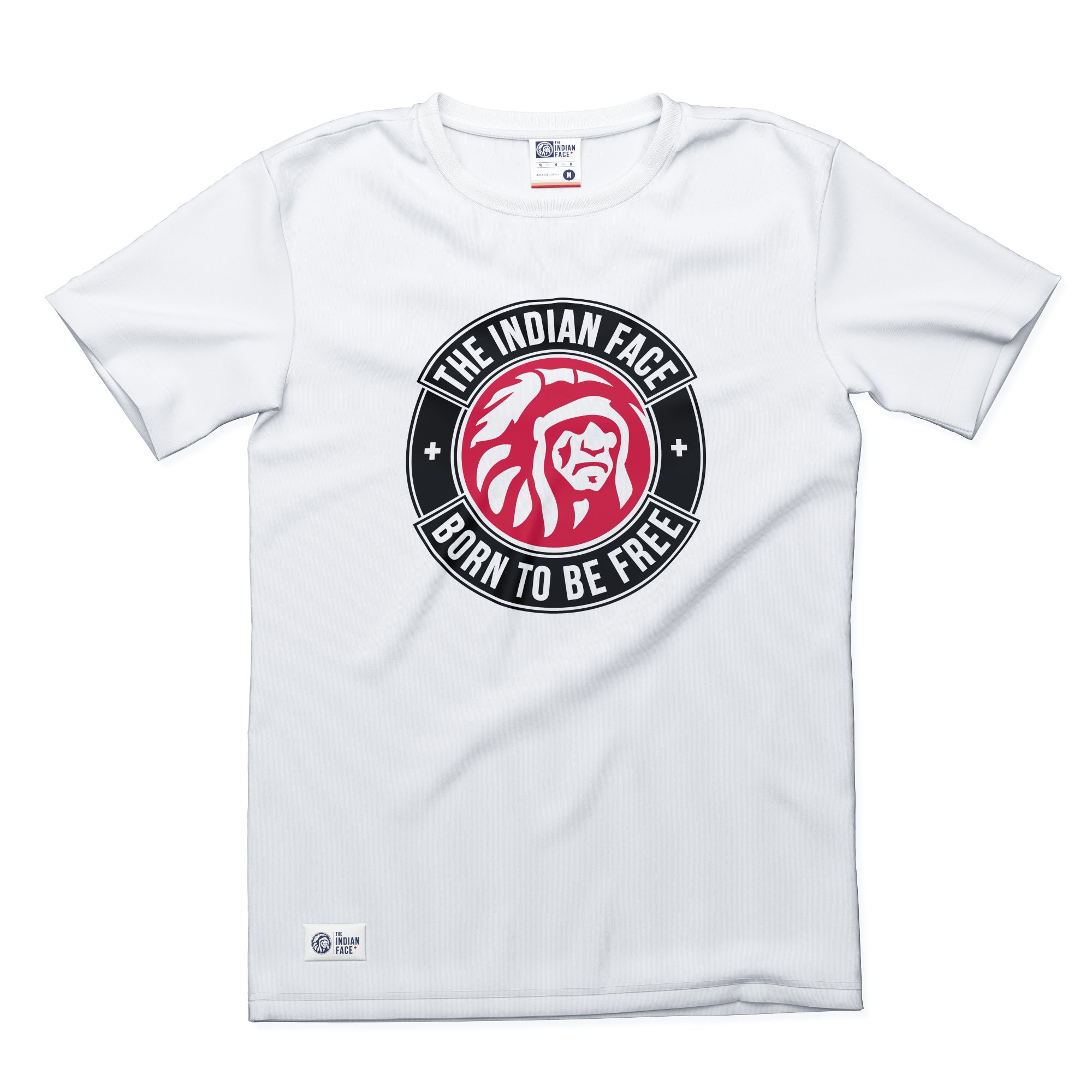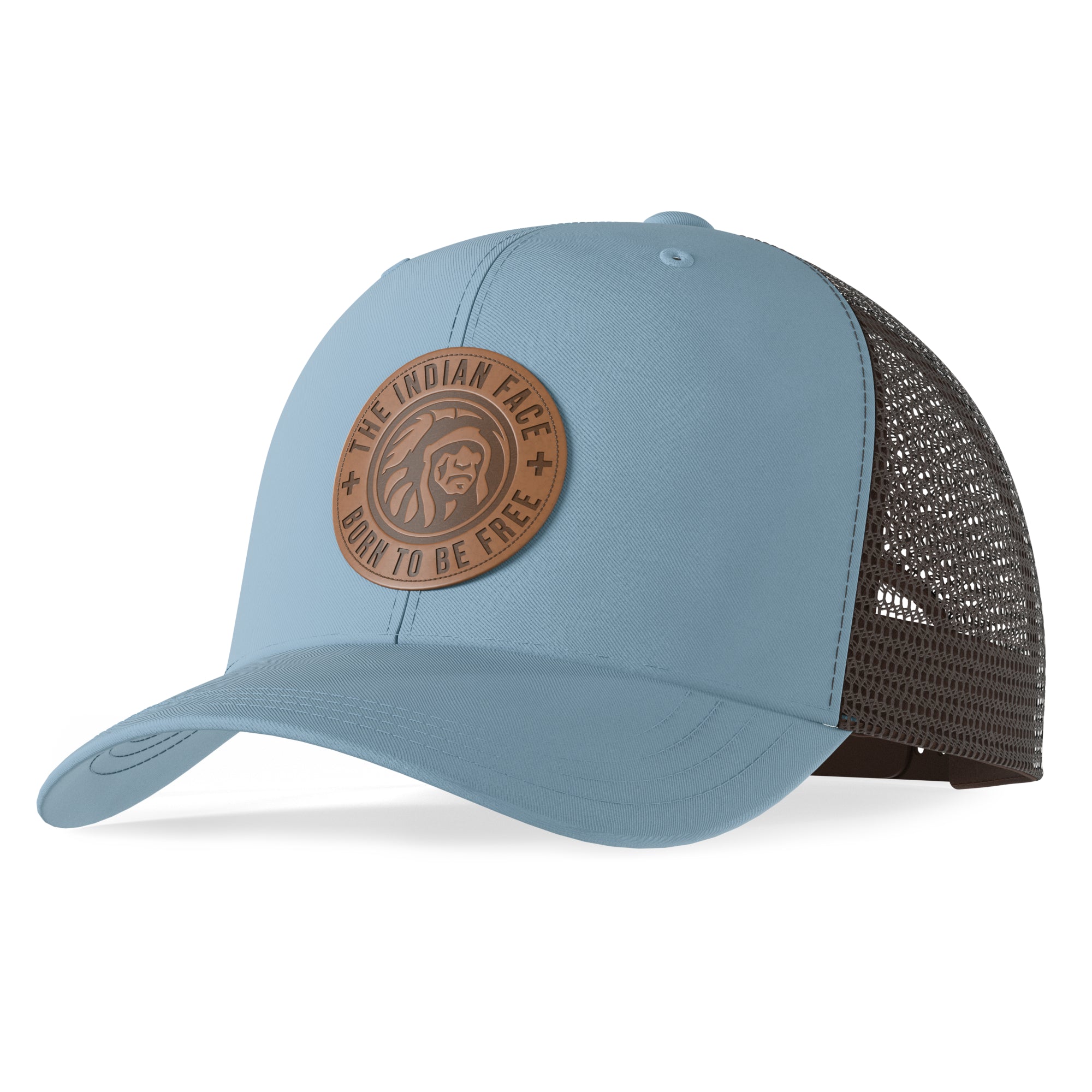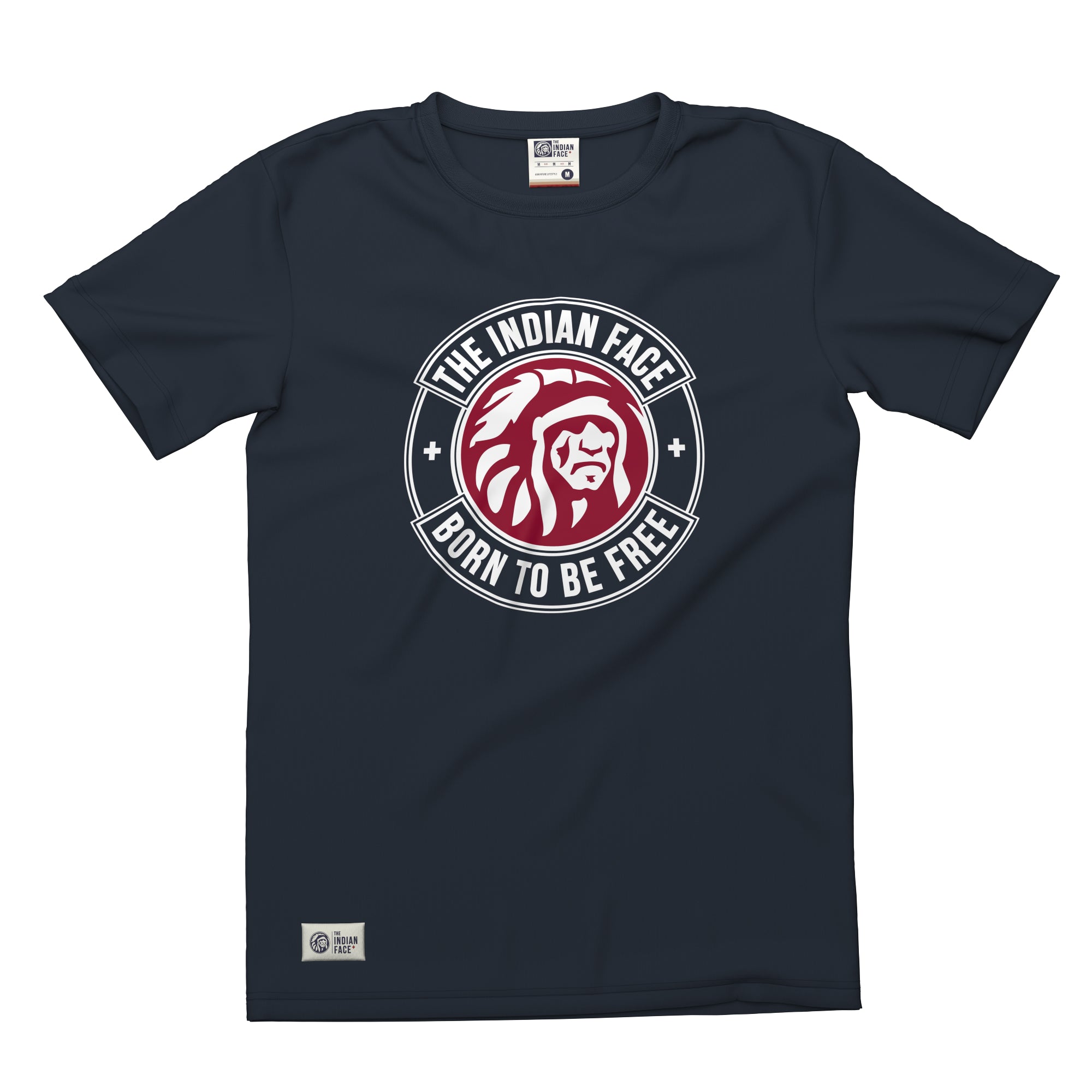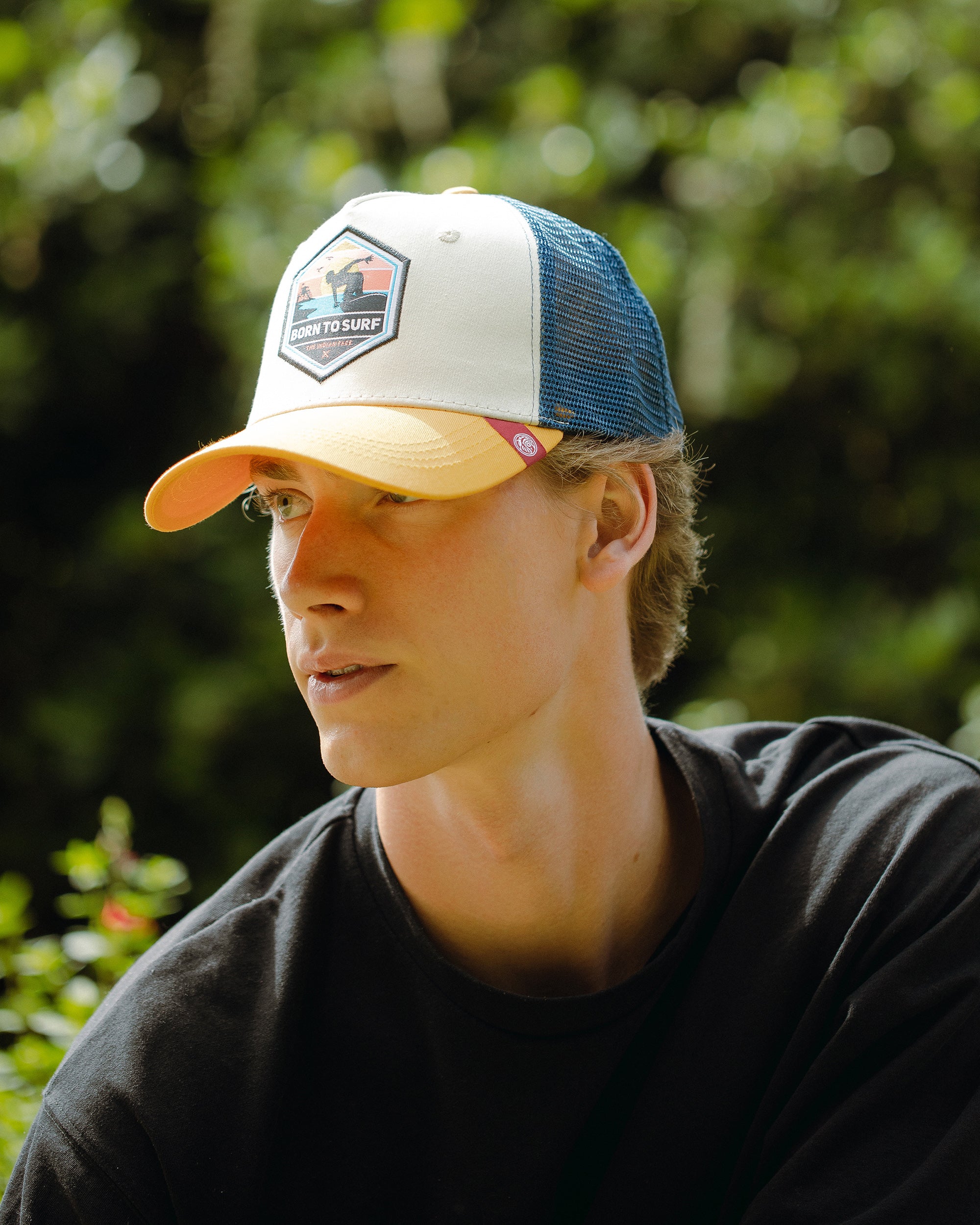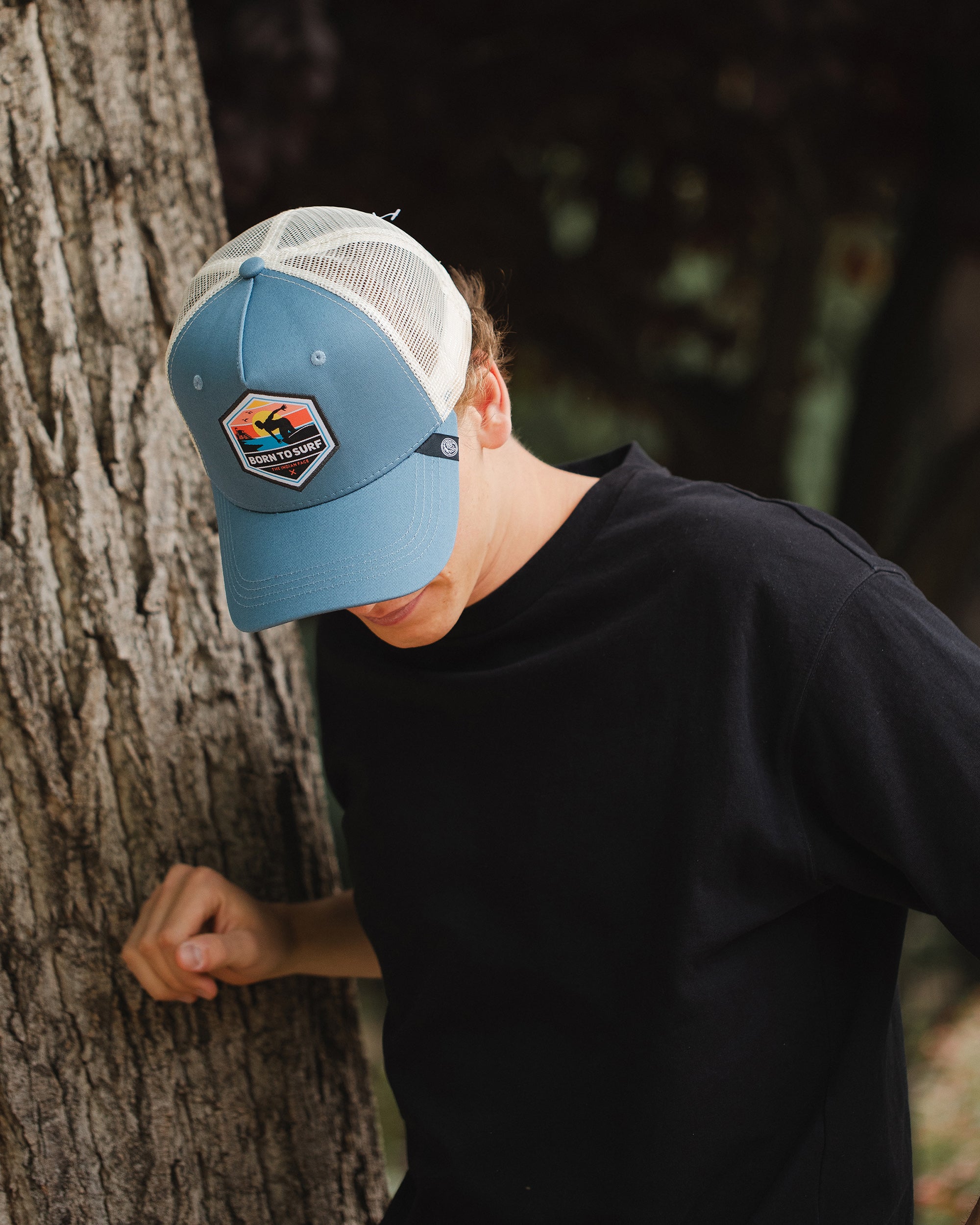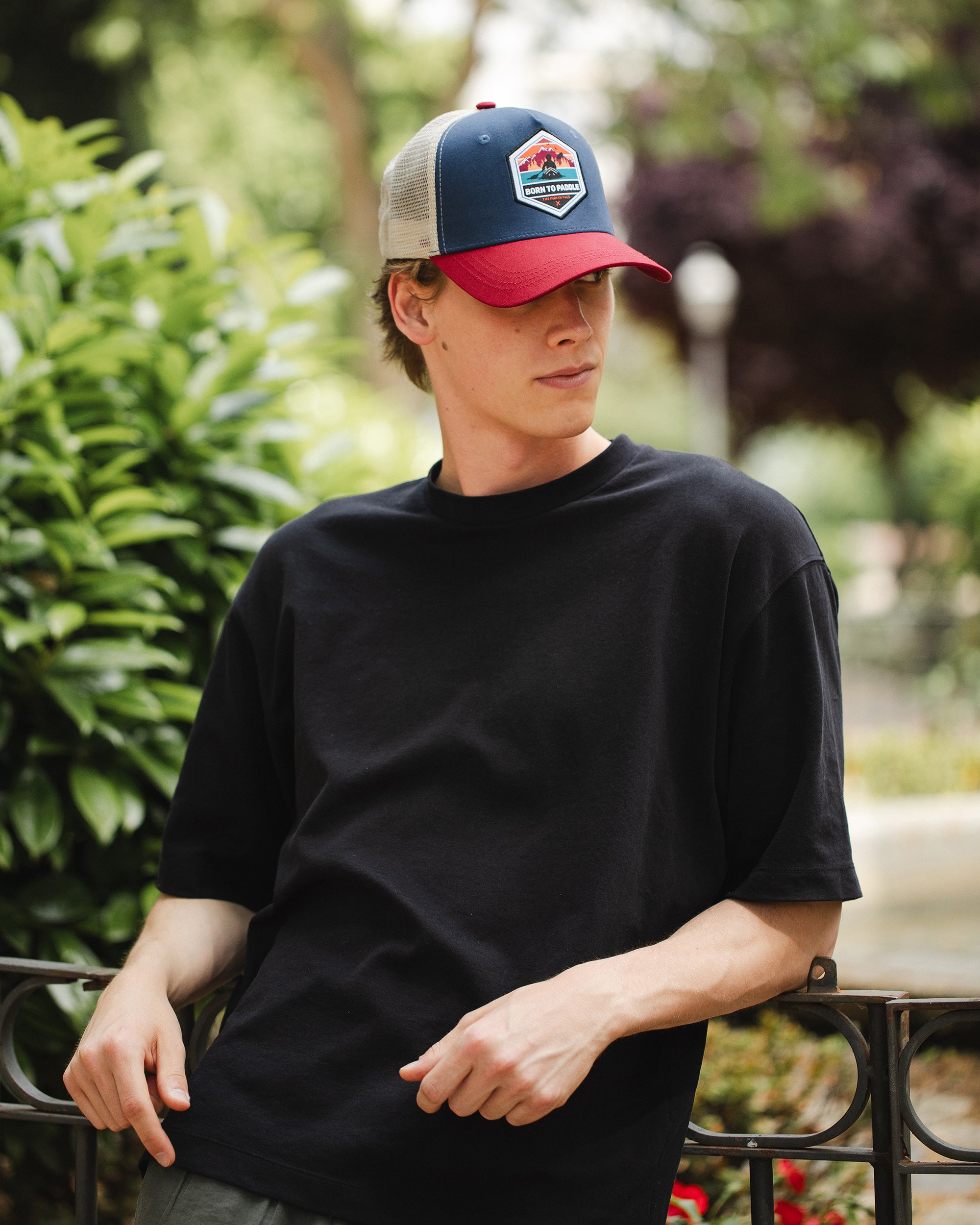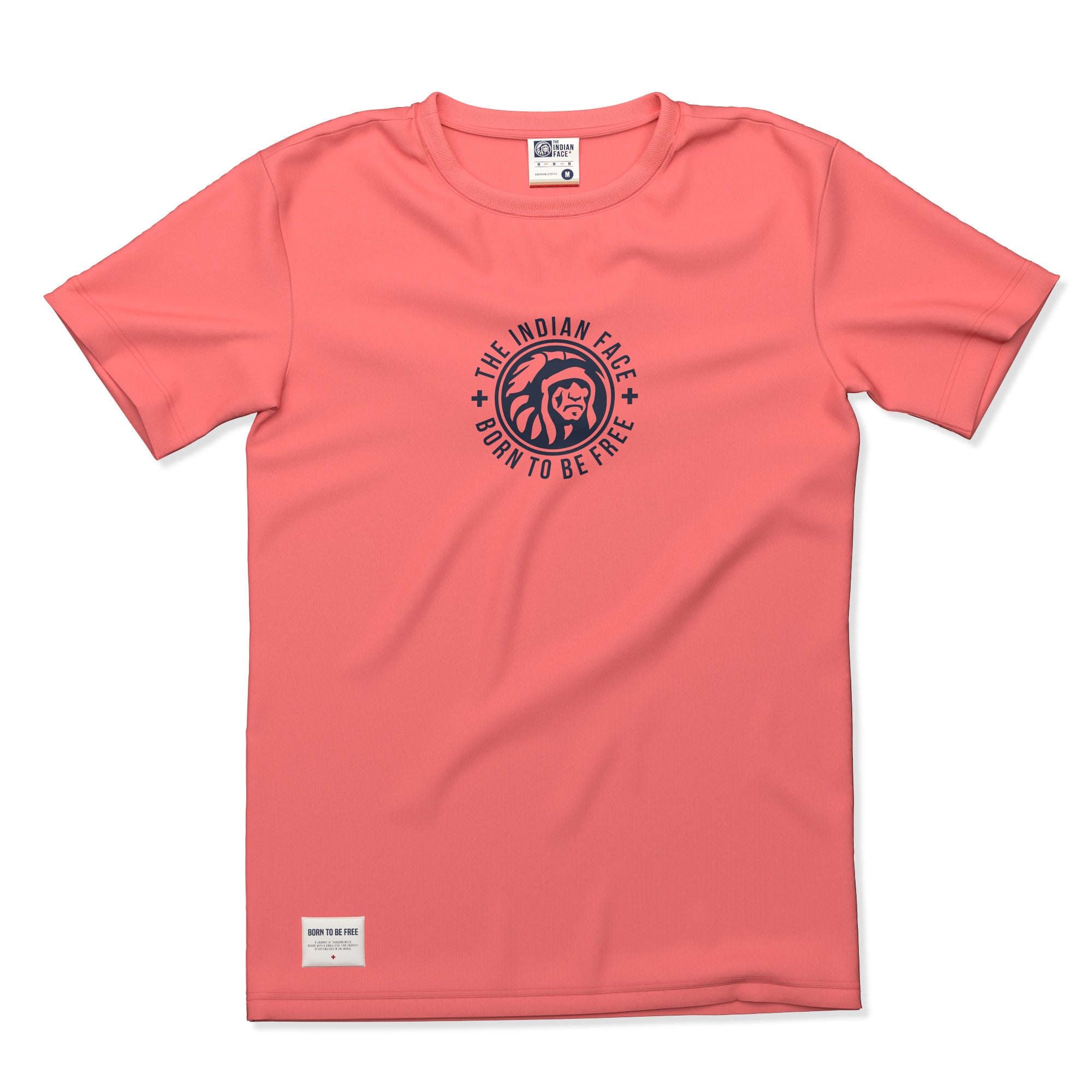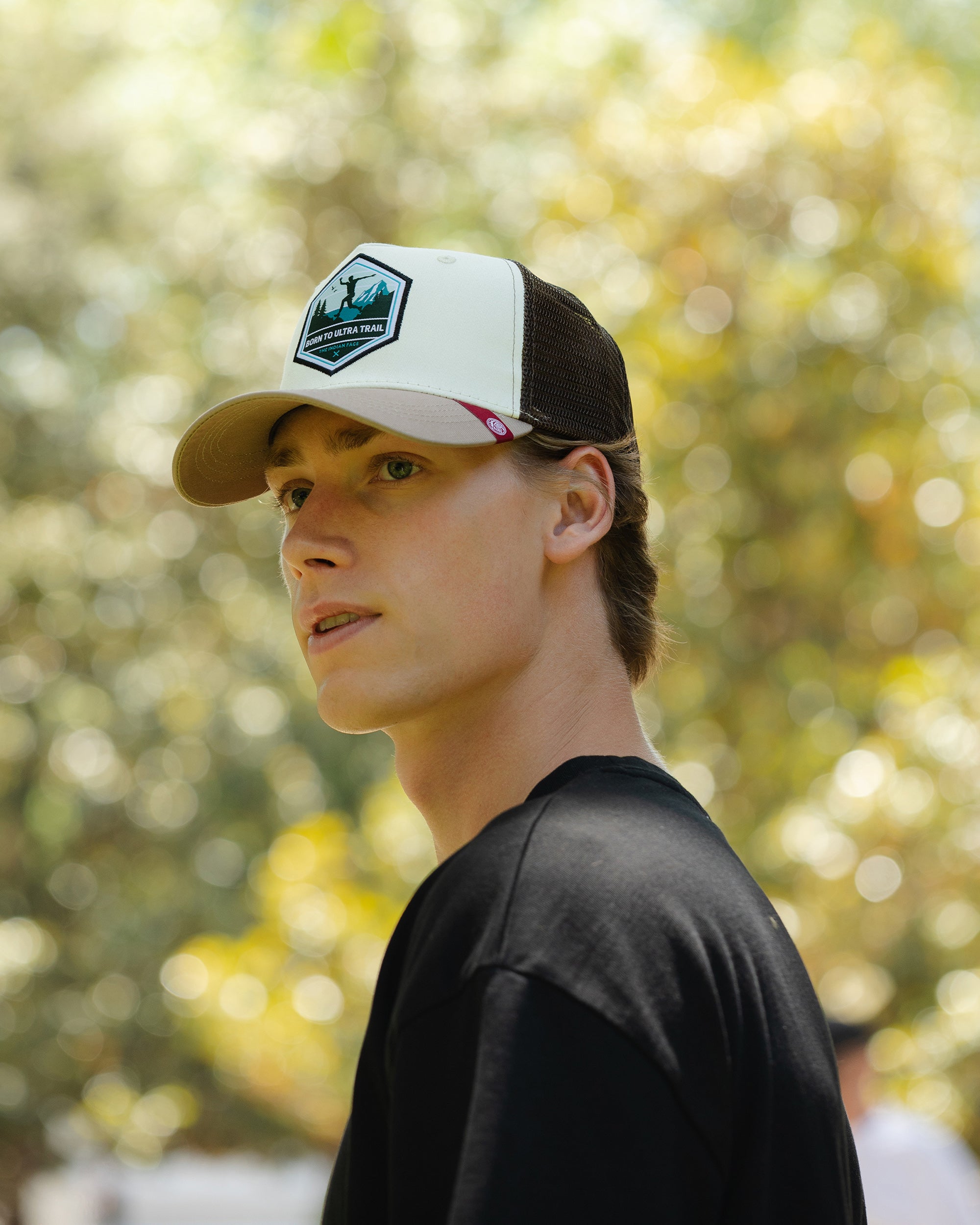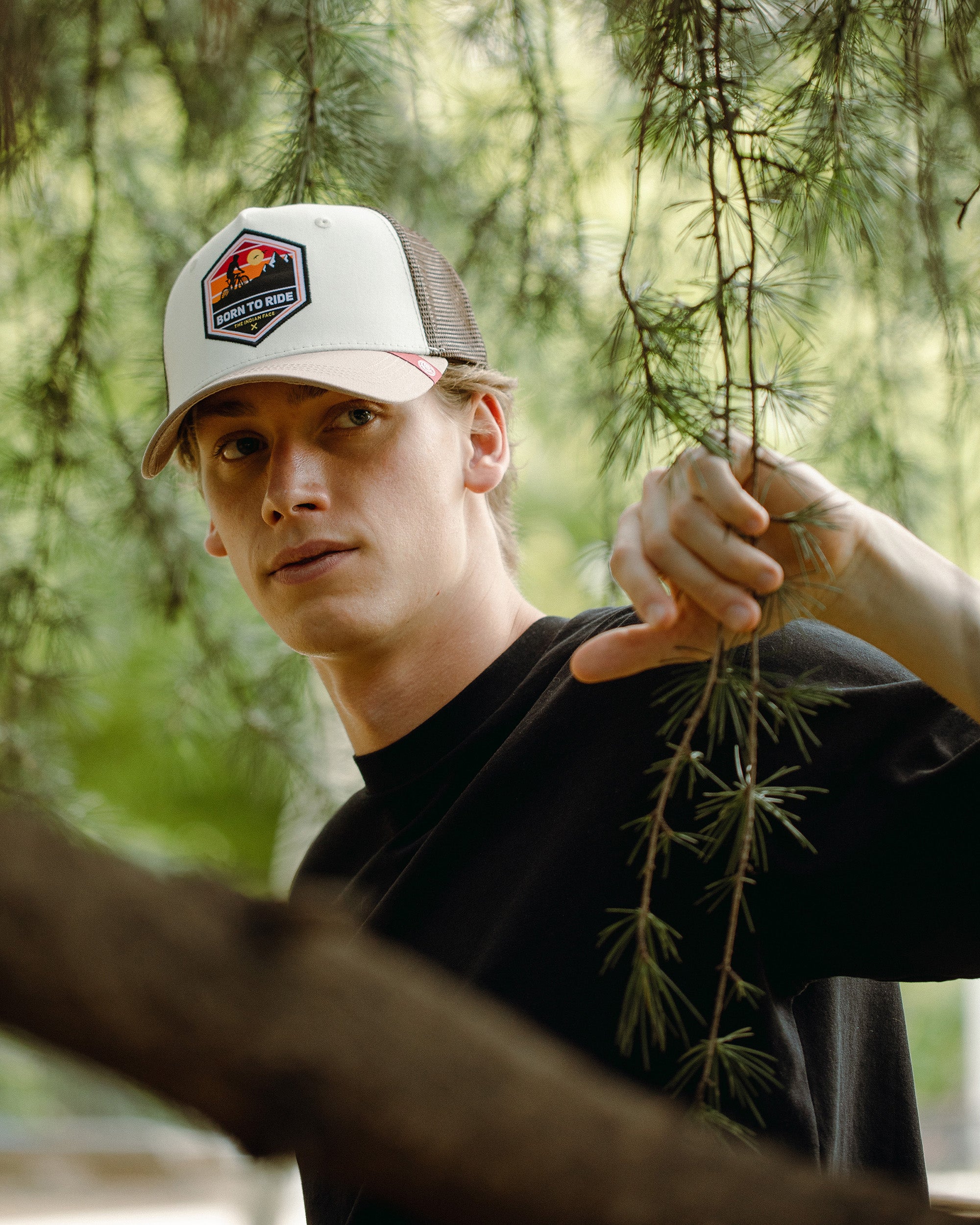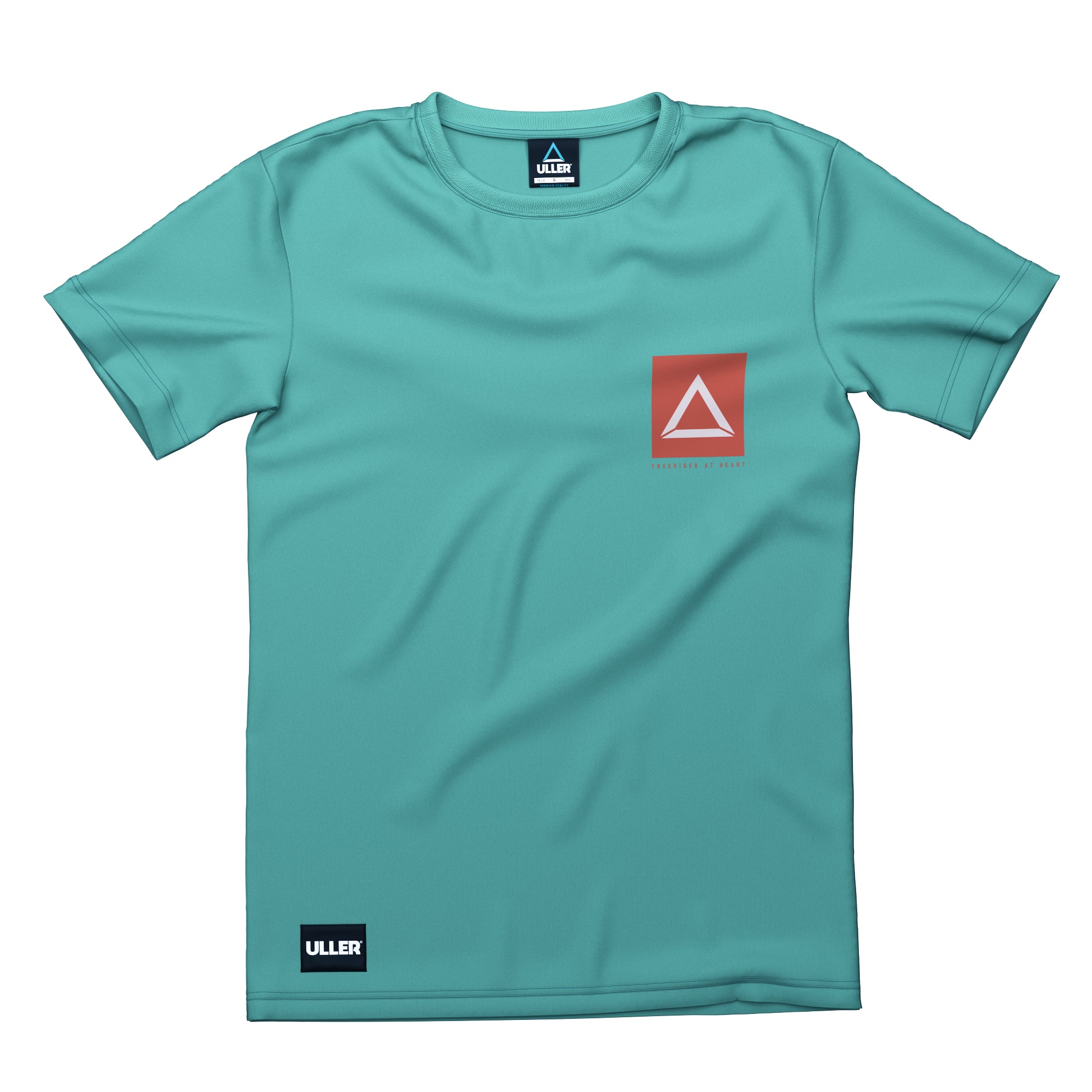Skiing and snowboarding injuries: always good to know about them
In the middle of ski season, you may still be planning a trip to enjoy the snow and exercise for a few days. Whether you're into classic skiing or snowboarding, today we want to briefly explain the most common injuries in each sport: what they are, their causes, and their symptoms.
Ski
- Anterior cruciate ligament rupture
The anterior cruciate ligament is located on the inside of the knee, at the front, and is crucial for the stability of this joint. It is responsible for providing rotational stability to the knee. Of the four main ligaments in the joint, the ACL is the most commonly injured.
The causes of injury to this ligament can be various: sudden changes in direction, sudden braking, poor landing after a jump, or simply a direct impact to the knee. The affected person feels as if their knee is giving way, as if it's about to pop out of place; they may even feel as if it can no longer support their weight. This is also accompanied by pain in the inflamed area and an inability to put weight on the limb.
- Sprain of the internal lateral ligament
This sprain can be caused by an impact on the outside of the knee, which, by deflecting the joint inward with great force, tears the ligament; or it can even be caused by a forced displacement of the knee while the foot is locked and stuck to the ground. Unlike anterior cruciate ligament tears, which mostly require surgical treatment to ensure complete healing, these medial collateral ligament sprains can heal without surgery.
- The skier's thumb
Although it's not as common an injury in skiing as knee injuries, many skiers seek medical treatment for this condition. This injury occurs when a skier falls on an outstretched hand while holding a ski pole. The ulnar collateral ligament, located in the thumb at the metacarpophalangeal joint of the first finger, connects the neck of the thumb metacarpal bone to the base of the first phalanx, and is a particularly vulnerable area.
Snowboarding
- Wrist fracture
The scaphoid and distal radius bones are located in the wrist, forming the base of the joint in the area commonly referred to as the snuffbox. Falling with the wrist flexed and the arm extended puts a lot of strain on these bones and they are frequently injured.
The scaphoid is a small bone with a very characteristic morphology, whose purpose is to facilitate wrist mobility, and it is the weakest link in terms of injury frequency.
The other common possibility is a fracture of the radius, the bone next to the ulna, located at the base of the wrist where it joins the arm. Surgery is usually necessary depending on the severity of the fracture.
- Shoulder Dislocation
Dislocation occurs when a force is applied to the open hand, with the shoulder in abduction, external rotation, or elevation. It is advisable to choose different therapeutic treatments depending on whether the patient is experiencing a dislocation for the first time or whether the condition has been previously experienced.
- Clavicle fracture
Clavicle fractures can occur in the proximal, middle, or distal third. The vast majority, around 80%, occur in the middle third of the bone. Most clavicle fractures result from falls on an outstretched hand or arm, falls on the shoulder, or direct impacts to the clavicle itself. Depending on the type of injury and the patient's characteristics, the injury may be treated nonoperatively or surgically.









